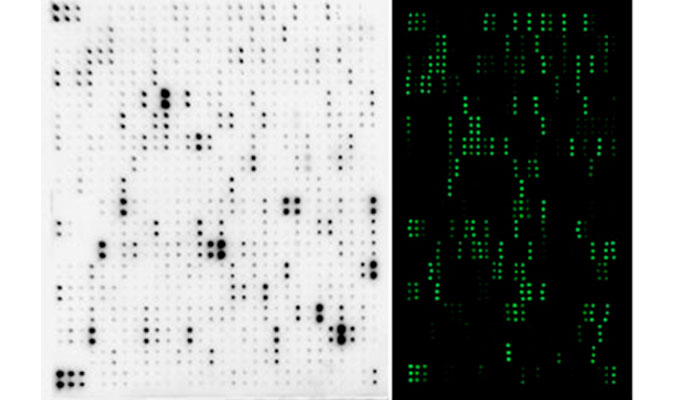In a recently published study, researchers sought to elucidate if 2 treatments modulated immune response or not, despite the available evidence being conflicting. The method that made the difference and allowed them to reach their conclusions, is based on 16 human cytokines using multiplex immunoassays with the Quansys technology.
The author’s finding and methods
Ellen L. Mozurkewich et al raised the tricky question of the effect of omega-3 fatty acid supplementation on immune response, and notably if EPA-rich and DHA-rich oil can reduce inflammation and prevent perinatal depressive symptoms among women at risk.
The methods was to collect maternal venous and umbilical cord blood, and analyze their cytokines with a multiplex quantitative technology, namely Quansys.
This approach can be used for numerous other treatments and can be extend to plasma, serum and cell supernatant. It can clearly help in drug discovery.
The Quansys Human 16-plex
The multiplex immunoassays were done with Quansys Human 16-plex. Less than 50µl of samples is required to quantify 16 analytes, and results are highly reproducible and sensitive.
This means you’ll be able to save on your precious samples, and obtain high quality results so that the demonstration is ensured.

Note that a high sensitivity version is also available as shown below:

You don’t need to be an expert in order to benefit from the Quansys technology… Our own European-based laboratories near Paris can handle it for you as an immunoassay service. You provide the samples, we’ll provide the results. Contact us to learn more – leave your comments or questions below, I’ll be pleased to get back to you.



